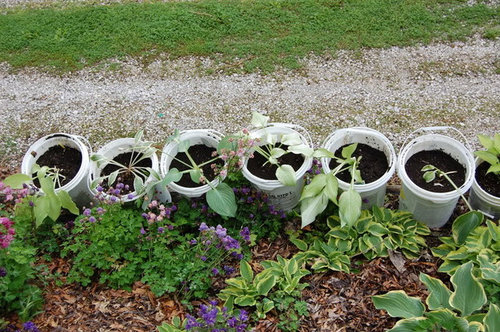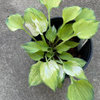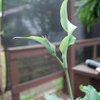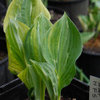Going from low light to high light
esther_opal
15 years ago
Related Stories

LANDSCAPE DESIGNHow Low Can Hedges Go? Discover Unusual Garden Borders
Short enough to step over, high enough to be a stretch ... check out these radically different hedge styles and tell us your opinion
Full Story
Common Materials Go Haute at High Point Market
Inventive furniture, lighting and artwork made from everyday items provided unexpected visual treats at the 2012 market
Full Story0

WINDOW TREATMENTSHow Low Should Your Drapes Go?
Hover, brush the floor or pool like Scarlett O'Hara's tears — we give you the lowdown on curtain length options
Full Story
FURNITURE10 Highlights from High Point 2011
Catching our eye at fall's must-see furniture show: live-edge wood, peacocks, wild lights and shine
Full Story
HOUZZ TOURSHouzz Tour: Unplugging From High Tech in a Texas Farmhouse
This simply styled home gives an Austin family all the warmth of comfort food and all the amenities of modern times
Full Story
WOODTry DIY Plywood Flooring for High Gloss, Low Cost
Yup, you heard right. Laid down and shined up, plywood can run with the big flooring boys at an affordable price
Full Story
REMODELING GUIDESFrom the Pros: 8 Reasons Kitchen Renovations Go Over Budget
We asked kitchen designers to tell us the most common budget-busters they see
Full Story
ECLECTIC HOMESHouzz Tour: High-Low Mix in a Colorful Victorian
An unloved house is transformed into a cheerful, versatile home with a blend of design classics, budget pieces and treasured finds
Full Story
FURNITUREArmoires Travel From Ancient Rome to High-Style Storage
Go ahead, be possessive — this beautiful furniture piece with a rich history gives your treasures a proper home
Full Story
LIGHTINGWhy It’s High Time to Reconsider Flush-Mount Lights
Look past your negative perceptions and see how versatile these lights can be
Full StoryMore Discussions











Babka NorCal 9b
esther_opalOriginal Author
Related Professionals
Bloomington Landscape Contractors · Bridgeview Landscape Contractors · Brookfield Landscape Contractors · Fort Atkinson Landscape Contractors · Palm Beach Gardens Landscape Contractors · Rockwall Landscape Contractors · South Lake Tahoe Landscape Contractors · Lauderdale Lakes Landscape Contractors · Grandview Fence Contractors · Lockport Fence Contractors · Torrance Fence Contractors · Van Nuys Fence Contractors · Lockhart Solar Energy Systems · Emeryville Solar Energy Systems · Mokena Solar Energy Systemslisasmall
esther_opalOriginal Author
esther_opalOriginal Author
lindac
esther_opalOriginal Author
lindac
esther_opalOriginal Author
esther_opalOriginal Author
lindac
esther_opalOriginal Author
esther_opalOriginal Author
esther_opalOriginal Author
ohiolibrarian
esther_opalOriginal Author
esther_opalOriginal Author
smorz
esther_opalOriginal Author
lindac
esther_opalOriginal Author
esther_opalOriginal Author
Babka NorCal 9b
esther_opalOriginal Author
greenthumbz4mn
esther_opalOriginal Author
greenthumbz4mn
esther_opalOriginal Author